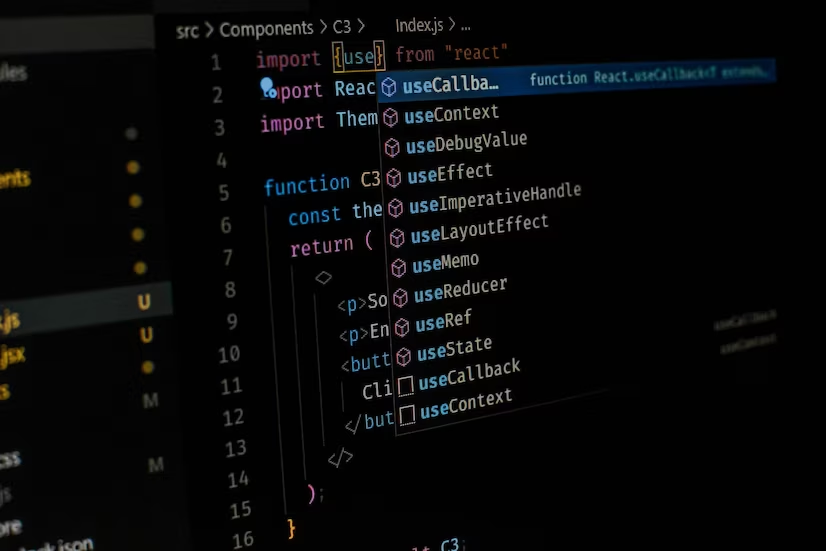In an era where written communication proliferates across digital platforms, understanding the nuances of spacing and punctuation following titles such as Mr., Mrs., and Ms. is indispensable. This guide aims to clarify these practices by exploring traditional typesetting conventions, modern digital writing standards, and the variances between American and British English.
Correct Spacing After Mr./Mrs./Ms.
Query: Is a space mandatory after titles like Mr., Mrs., or Ms.?
Clarification Required: Which format is correct: “Mr.Jones” or “Mr. Jones”?
Resolution:
A space is indeed requisite following abbreviations like Mr., Mrs., and Ms. to separate these titles from the subsequent surname correctly, ensuring clarity and readability in written communication.
In Commonwealth English, abbreviations capturing the word’s first and last letters, such as “Dr. Jones” in American English, are typically penned without a period as “Dr Jones.” This reflects a stylistic preference rather than a grammatical rule.
Periods After Honorifics: To Use or Not?
Inquiry: Is omitting periods after titles like Mr., Mrs., and Dr. acceptable?
While omitting periods is more prevalent in British English, reflecting a long-standing practice of viewing these abbreviations as complete words, American English traditionally favors the inclusion of periods. This distinction highlights the divergence in punctuation practices across English dialects.
Sentence Spacing After Periods: One Space or Two?
Debate: In the contemporary context, should one or two spaces follow a period?
This section delves into the shift from the typewriter era’s double-spacing convention to the current preference for a single space in proportional typography. Historical practices, digital typesetting standards, and the impact of HTML rendering on spacing conventions are examined.
Common Questions on Spacing and Punctuation
This segment addresses frequently asked questions about the correct spacing after titles like Mr., Mrs., and Ms., the appropriateness of period usage with honorifics, and the number of spaces to follow a period/full stop in various contexts.
Comparative Table: Spacing and Punctuation Practices
This table presents a concise comparison of the key practices concerning spacing and punctuation after titles and periods, contrasting traditional typesetting, American English, and British English conventions.
| Aspect | Traditional Typesetting | American English | British English |
|---|---|---|---|
| Space After Titles (Mr., Mrs.) | Mandatory space | Mandatory space | Space, period omitted often |
| Use of Periods After Titles | Period used (varies) | Period used | Period often omitted |
| Spacing After Periods | Double space (typewriter era) | Single space (modern standard) | Single space (modern standard) |
| Punctuation in Digital Writing | N/A | Single space preferred | Single space preferred |
| Honorifics in Sentences | Periods used, double spacing | Periods used, single spacing | Periods omitted, single spacing |
This table illustrates the shift from the double-spacing norm of the typewriter era to the single-spacing preference in modern digital writing, alongside the nuanced approach to using periods with titles across different English dialects.
Video Guide
To answer all your questions, we have prepared a video for you. Enjoy watching it!
Conclusion
The evolution from manual typewriting to digital text production has significantly influenced spacing and punctuation rules. Today, the consensus leans towards a single space after periods and a mandatory space following titles such as Mr., Mrs., and Ms. to enhance readability and conform to modern writing standards. These conventions reflect a blend of tradition and the pragmatic needs of digital communication, underscoring the dynamic nature of written English across different regions and mediums.



